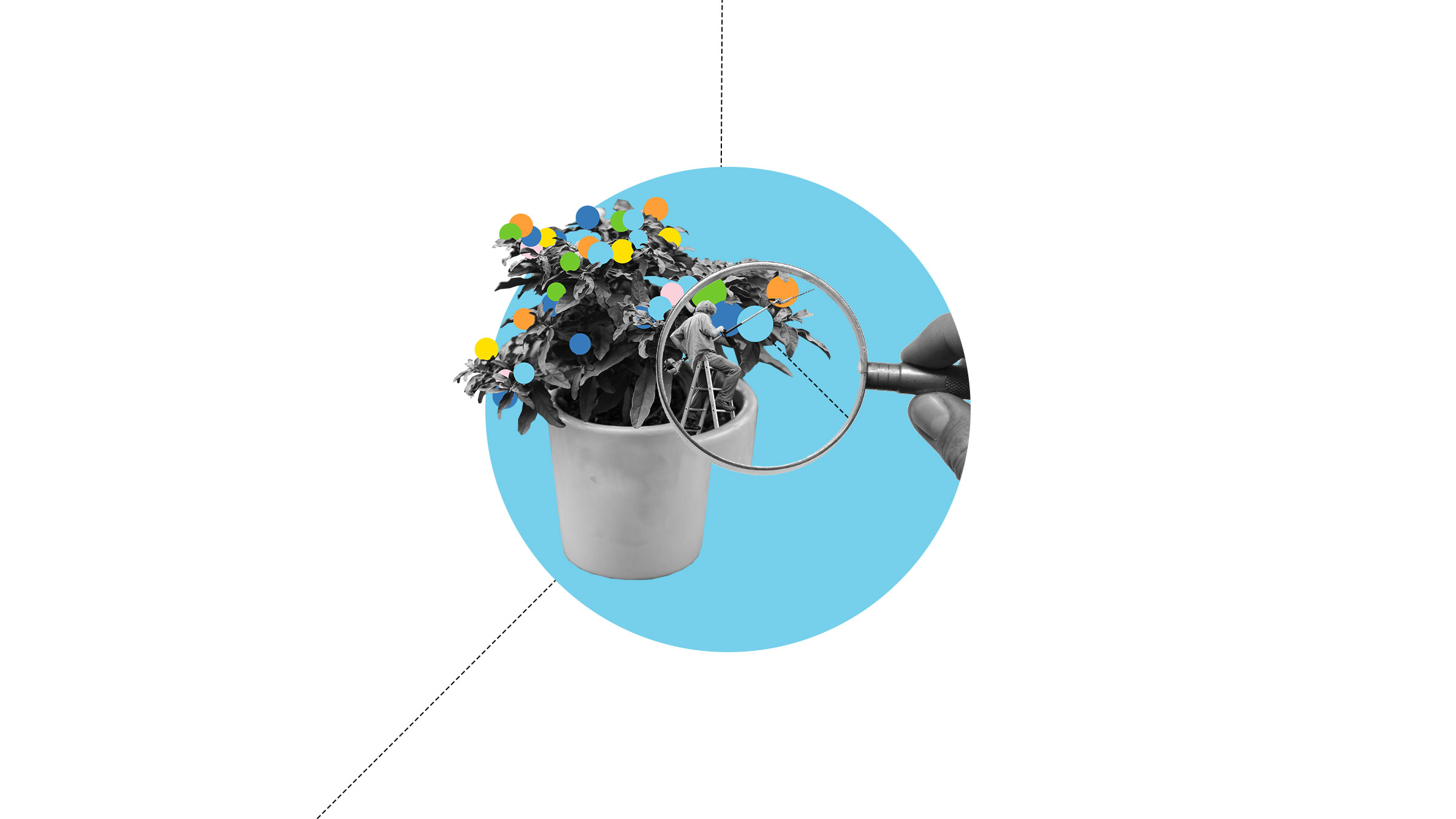Challenge
On our planet, an estimated 67% of greenhouse gas emissions come from the use of materials, but only 9% of materials currently remain in circulation. In many sectors, operating in line with circular economy principles means the adoption of totally new ways of doing business. Both the public and private sector need new competences to promote the circular economy and enhance the circulation of materials.
Solution
The eco-industrial park project of Digipolis, the City of Kemi, Lapland University of Applied Sciences and Sitra have created a network consisting of eco-industrial parks and experts working in them and a Finnish model for eco-industrial parks, where the companies from nearby areas share materials, water, energy and infrastructure with each other. The expert network has, for example, examined the obstacles and bottlenecks to the circular economy in industry, and provides circular economy education in various education institutions and assistance to the public sector in defining the criteria for circular economy funding.
The model developed in the project will be published in spring 2019. The model is being disseminated around Finland by the implementers of the project and the eco-industrial parks involved in the network. Co-operation is also being prepared at a Nordic level to begin international dissemination of the model.
